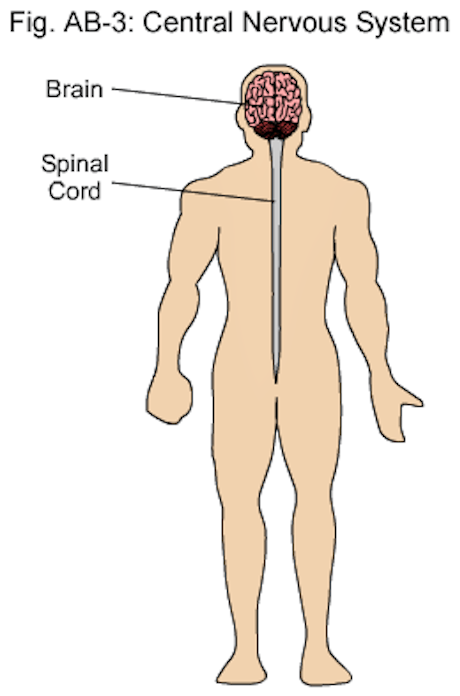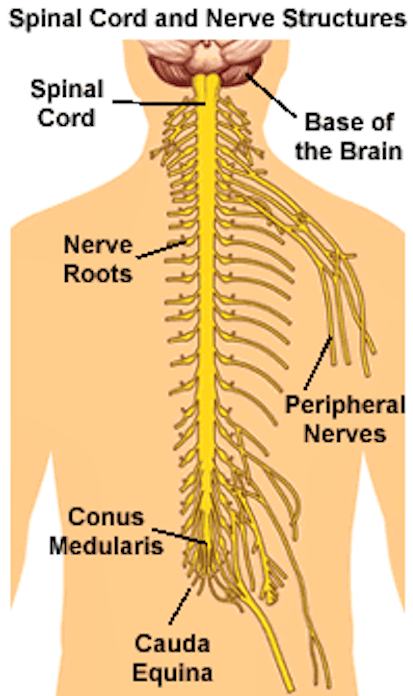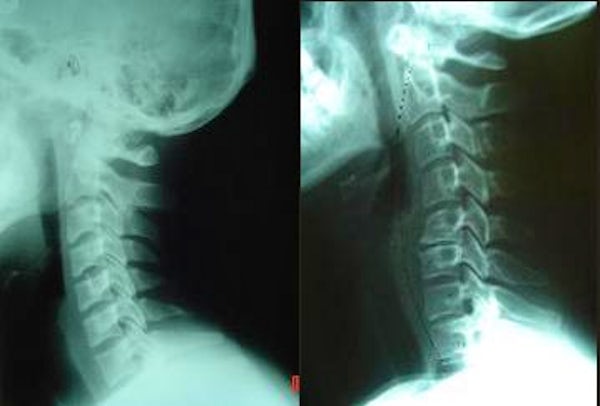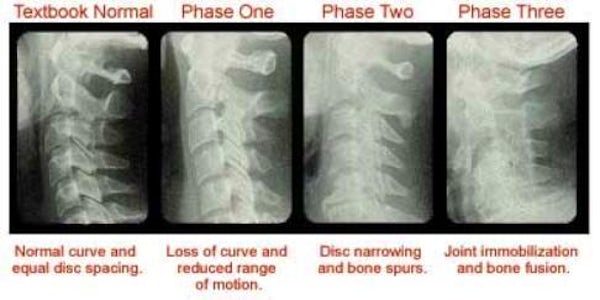Chiropractic care is based on the principal that when spinal bones misalign, they can put pressure on the surrounding nerves and discs. This is commonly known as a subluxation. If these bones (vertebrae) stay misaligned for a long period of time, then the discs will start to degenerate and irritate the nerves in that area. Wherever these nerves go to will become affected. Some people experience pain, however many subluxations can be pain-free. This can be misleading because even though no pain is felt, the problem is still there and it will continue to wear down the discs and irritate the surrounding nerves. Pain is usually the last symptom to show up when there is a problem, and the first symptom to go away even if the problem is not corrected.

Your brain controls every action in your body down to the cellular level. The brain sends a message down the spinal cord, through the nerves, to the target organ. If there is a subluxation present in the spine, the message does not get to the organ properly. Over time this can lead to disease. Think of it like this: you are watering your lawn and then you step on the hose. What happens to the water pressure? A subluxation puts pressure on the nerve decreasing the nerve flow from the brain. As chiropractors, we correct these subluxations and restore the communication between the brain and the rest of the body.

Left: A normal Neck X-ray with a normal curve and equal disc size and spacing.
Right: An X-ray of the neck with the curve in the opposite direction, loss of disc space, bone spurs and Osteoarthritis.
At Sadon Chiropractic & Rehabilitation Center, we are able to correct the reversal of the curve. By bringing the curve back to it's normal alignment, the pressure is taken off of the discs and the nerves. The muscles will relax and the Degeneration of the discs will stop. If the correction is not made, then the spine will continue to degenerate and it will start to affect multiple levels of the spine requiring more medical intervention including possible surgery.

The X-rays show the difference between a normal neck and neck that is degenerating and becoming arthritic. The person on the left is usually pain free with no loss of motion. The person on the right will experience headaches, stiff necks, the inability to turn the head, numbness or tingling down the arm, tightness in the upper shoulders, and many other symptoms.
